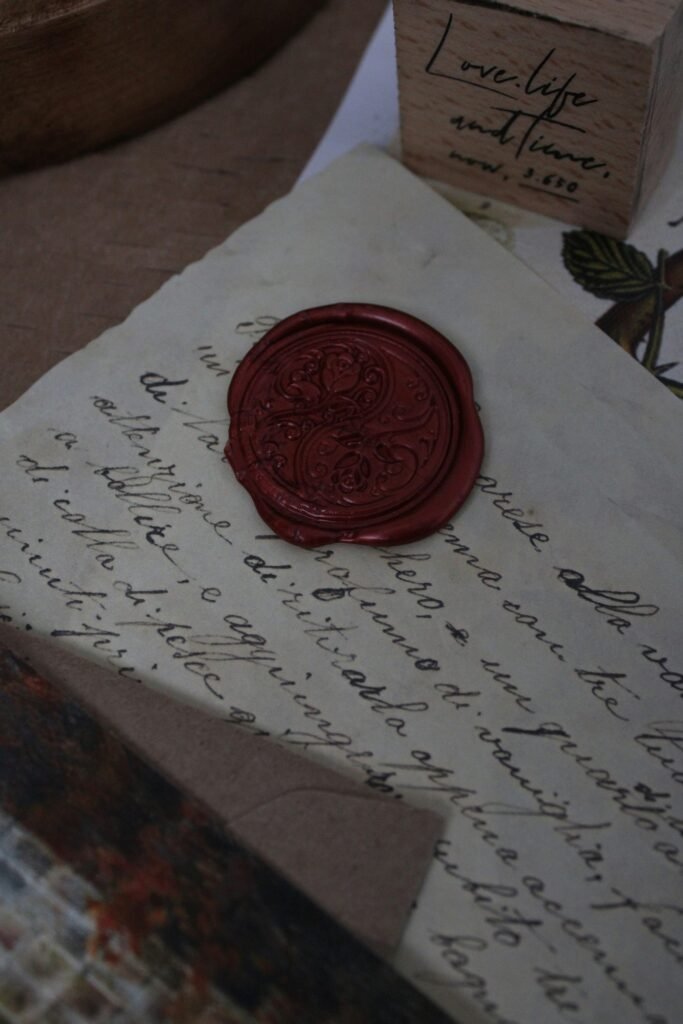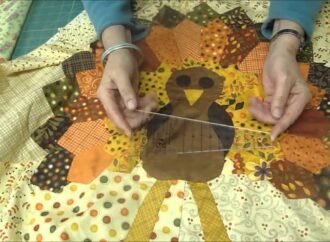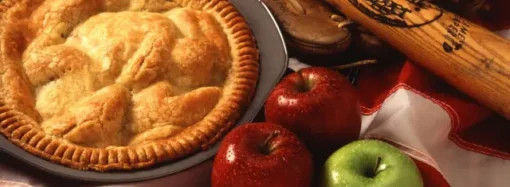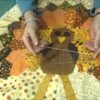There was once a time when the world did not rush quite so fast. A time when the act of reaching out to someone meant more than tapping on a screen or making a quick phone call. It meant gathering your thoughts, sitting down at a sturdy wooden desk or perhaps the kitchen table, and
There was once a time when the world did not rush quite so fast. A time when the act of reaching out to someone meant more than tapping on a screen or making a quick phone call. It meant gathering your thoughts, sitting down at a sturdy wooden desk or perhaps the kitchen table, and letting your heart flow onto paper with the scratch of a fountain pen or the gentle glide of a ballpoint. The very process of writing a letter slowed you down, forcing you to think carefully about what you wanted to say, what emotions you wished to carry across miles, and how you could hold another person close with nothing but ink and paper. For generations of Americans, handwritten letters were not just communication they were lifelines, love stories, and treasures meant to be saved. People still remember the smell of fresh stationery, the feel of crisp envelopes, and the ritual of licking a stamp before placing it carefully in the corner. There was beauty in these small gestures, an intimacy in every curve of handwriting that no typed word could ever capture.

Take the story of Margaret Lawson of Hartford, Connecticut. At 82 years old, she still keeps a ribbon-tied bundle of letters exchanged between her and her late husband, Thomas, during the 1960s. When Thomas served overseas, letters were the only way they could reach one another. “It was like holding his hand across the ocean,” Margaret says with a wistful smile. “Every envelope that came through the door carried his heart. Some days, it was the only thing that gave me strength.” Margaret often re-reads those letters on quiet afternoons. The paper has yellowed, and the ink has softened with time, but the words remain alive. She admits that sometimes, she even traces the lines of his handwriting with her fingers, as if touching the very essence of him once more. Margaret’s story is far from unique. Across the country, tucked away in shoeboxes, cedar chests, and old dresser drawers, are countless letters written in youthful handwriting, in shaky script, or in elegant cursive. They are relics of romances, friendships, and family ties. Some letters carried news of great joy a new baby born, a graduation, an engagement. Others brought comfort during moments of grief or loneliness. And for many, especially during times of war, letters were nothing short of lifelines, small miracles arriving in the mail. The waiting was part of the beauty. After sending off a letter, you knew you would not hear back for days, maybe weeks. That waiting taught patience and made the arrival of a response all the more thrilling. Opening the mailbox to find an envelope with your name written in familiar handwriting was an event. The sound of tearing the flap open, the smell of paper and ink, the way the folded pages slid out it all made the experience tangible, almost sacred. A letter wasn’t just a message. It was a gift.

Many older Americans remember writing to pen pals as children, exchanging letters with someone far away they would likely never meet. Those letters carried stories of school, hobbies, and dreams, often adorned with doodles in the margins or decorated with stickers. Others recall writing to parents or grandparents who lived in another town, updating them on everyday life and receiving letters filled with advice, encouragement, or recipes carefully written out by hand. These letters were not disposable they were cherished, folded, reread, and kept safe. There is also something profoundly human about handwriting itself. Every stroke of a pen carries personality. The slant of the letters, the loops of a “y,” the flourish of a signature all of it made each letter unique. Handwriting was like a fingerprint of the soul. To hold a letter was to hold a piece of the writer, to see them in a way that went beyond words. A typed page could never offer the same intimacy. Perhaps one of the most nostalgic elements of letters was how they often held more than just words. People would tuck small tokens inside a dried flower, a newspaper clipping, a snapshot in black and white. Soldiers sometimes sent pressed wildflowers picked from fields far from home, while sweethearts might dab perfume on the corner of a page so that the scent would linger across the miles. These small touches transformed letters into keepsakes, little time capsules of love and care.

Even the act of mailing a letter had its own poetry. You would slip it into the mailbox, raise the little red flag, and trust the postal service to carry your heart safely across the country or across the ocean. Mail carriers were not just workers they were silent couriers of dreams and sorrows, bearers of the most important news of people’s lives. In small towns, the postman’s arrival was a daily ritual, a moment when the whole neighborhood seemed to pause. For many, letters became a bridge between generations. Parents wrote to children off at college, siblings wrote across states, and grandparents wrote to grandchildren with stories of family history, sometimes sprinkling in bits of wisdom and old sayings. These letters are now treasures for those who kept them, pieces of family legacy that cannot be replaced.
Today, with instant communication at our fingertips, the art of letter writing has nearly vanished. But in the memories of those who grew up with it, letters remain unmatched in their power to connect hearts. They are tangible proof of love, patience, and presence in a way no digital message could ever replicate. They slow us down, they remind us to choose our words with care, and they endure long after phones are replaced, long after email accounts are forgotten. Margaret often says she feels lucky that her husband lived in a time when letters were the way to stay close. “If all we had were phone calls, I’d have nothing left of him,” she reflects. “But with these letters, I still have his words, his handwriting, his very essence. They remind me that he was here, and that we loved each other in the most beautiful, patient way.” Letters are not just paper. They are memory keepers, silent companions, and proof of a world where connection was slower, but deeper. They are echoes of a sweeter time, still alive in the hands and hearts of those who remember.
















Leave a Comment
Your email address will not be published. Required fields are marked with *